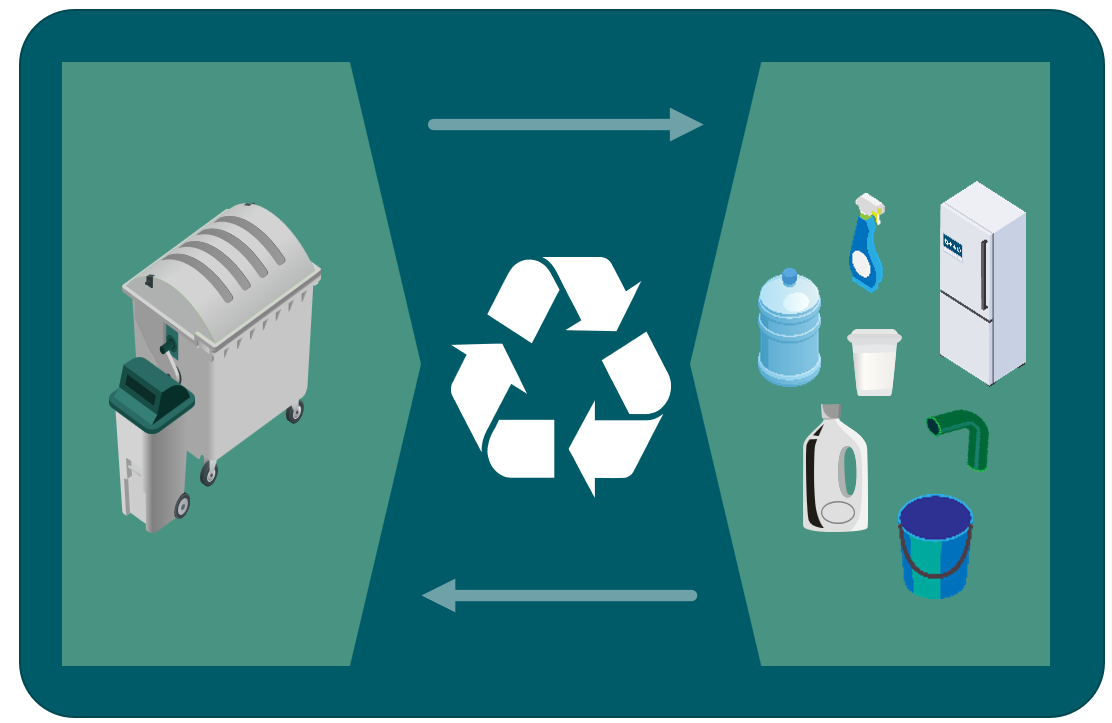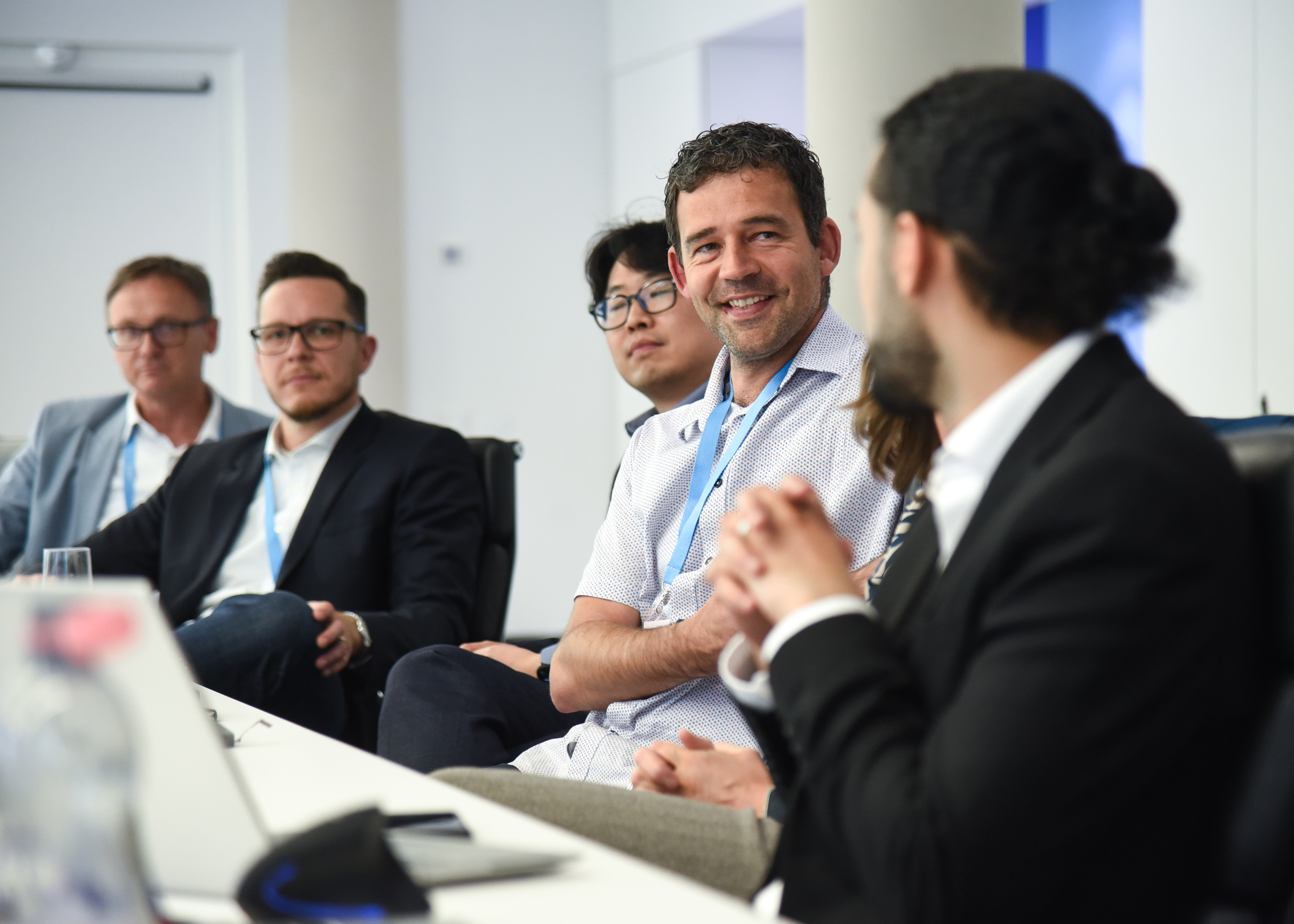Project Overview

Sustainable Biomass Sourcing Project Approach
Pilot 2G biomass (agri/forestry residue or MSW organic fractions) conversion technologies such as gasification or enzymatic hydrolysis & fermentation to identify suitable feedstock types, assess technical feasibility, and the levelized cost of bio-based chemicals produced via syngas/ ethanol / methanol
-
- Phase1: Route prioritization based on techno-economic assessment, feedstock study, preliminary tech & feedstock partnership assessment
- Phase 2: Feedstock / tech partnership & piloting enabling testing of various 2G biomass feedstocks
- Phase 3: Business case refinement based on pilot outcomes on cost of syngas / methanol / ethanol
Project Objective:
Identify the best sources of second-generation sustainable biomass and the best conversion methods to create biobased chemicals and ensure valuable, quality end products.
Why this matters:
To reduce greenhouse gas emissions and dependence on fossil resources, the chemical industry must transition to more sustainable feedstocks. Biomass-based alternatives offer a promising path forward—delivering 60–90% lower carbon intensity than fossil-derived counterparts and, in many cases, proving more cost-effective than other low-emissions solutions like Power-to-Chemicals. However, biomass feedstock competition, quality, and processing remain critical challenges.
This project aims to pilot the use of second-generation (2G) biomass—such as agricultural and forestry residues or organic fractions of municipal solid waste—through conversion technologies like gasification or enzymatic hydrolysis and fermentation. By identifying viable feedstock types, evaluating technical performance, and analyzing the levelized cost of bio-based chemical production via syngas, ethanol, or methanol pathways, the project will provide actionable insights into scaling low-carbon bio-based chemicals.
Open call for innovators to join the project:
We are looking for innovators specialized in relevant feedstocks (including feedstock providers) and/or conversion technologies (technology licensors preferred).
Complete Submission
All application forms must be filled out in full. Incomplete submissions will not be considered. Please ensure all required fields are accurately completed.
Alignment with GIC’s Mission
Applicants must demonstrate how their solution or approach aligns with the GIC mission and values and with the specific project requirements.
Originality & Integrity
All submissions must be original work. Plagiarism or misrepresentation will result in immediate disqualification.
Ready to Make an Impact?
Review Timeline: Applications are reviewed on a rolling basis. You will be notified of your status within 2–4 weeks.
Confidentiality: All application materials are treated with strict confidentiality.
Support: If you encounter any issues during the application process, please contact our support team at contact@wearegic.com .
Download the Terms & Conditions here.

Frequently Asked Questions
(click below to read each of the FAQs)
General information ->
What is the GIC Innovation Ecosystem and how does it work?
The GIC Innovation Ecosystem connects start-ups, research & technology organizations and universities together with Global Impact Coalition members to collaborate on projects to enable a net-zero chemicals future. Interested innovators can apply to contribute to our ongoing projects. The GIC will review applications to shortlist and select the most suitable contributors for each project.
How might the GIC Innovation Ecosystem evolve in the future?
We anticipate that our current offering will prove beneficial to both innovators and GIC member companies, enabling it to grow into an active and engaged community, where innovators can interact as members or partners and submit their own ideas.
Can I become a strategic partner to the GIC Innovation Ecosystem?
We plan to establish strategic partnership agreements in 2026 through a recurring annual partner fee.
Application process ->
Is there an application fee, and what does it cover?
There is a non-refundable application fee of 100 CHF to apply for one ongoing project currently open for calls. The fee covers the processing and screening of applications, as well as any necessary interactions with innovators during the application process.
How are applicants selected, and what criteria are used for evaluation?
Applicants are selected based on their alignment and scoring against criteria tailored for each project by the GIC project working group (e.g., relevant experience, research, or maturity in a specific technology).
Who can I contact for support or questions during the application process?
You can reach out to contact@wearegic.com for any support or inquiries.
Will there also be focused call-outs in the form of RfPs/RfQs?
The open calls listed on the website are not RfPs/RfQs. However, these may be issued to relevant innovators in the future as contributions are needed.
Projects ->
What is the TRL boundary within the GIC Innovation Ecosystem?
Ongoing GIC projects typically focus on technologies with a TRL of 6 or higher, although some early-stage projects may also consider technologies with lower TRLs. This approach remains flexible for both current and future GIC projects.
Can you provide examples of how innovators have been involved in GIC initiatives and projects in the past and the associated outcomes?
Over 50% of past and ongoing GIC projects have relied on or benefited from innovators in various ways. For example, we co-developed our R&D Hub for Plastic Waste Processing project with TNO who is now leading the Hub. For our direct conversion to C2+ project, we relied on ETH Zürich to conduct environmental impact and technoeconomic studies. For our automotive plastics recycling project, we brought in technology partners to execute the pilot. Projects generally last between 12 and 18 months before spinning off the GIC.
What are exit scenarios if ever becoming a key partner for a project?
Exit scenarios vary for each project on a case-by-case basis. Innovators who participate as project contributors will not necessarily become members of the project working groups or be eligible for exit scenarios.
Intellectual property ->
Who maintains the IP?
IP agreements and boundaries will be negotiated on a case-by-case basis for each project between the GIC and the involved innovator.
Contract & Legal questions ->
How are contract negotiations handled for each project?
The contract negotiation process will be managed smoothly and on a case-by-case basis by the GIC core team, with an expected short duration.
What if my organization already has a direct collaboration with one of the GIC members on a topic in a related area?
Your collaboration with the GIC will be considered separate and governed by a distinct agreement, independent of any existing commitments or contracts that innovators may have with GIC member companies.
